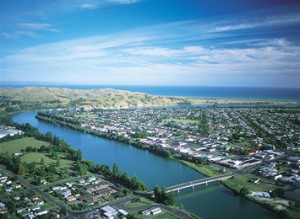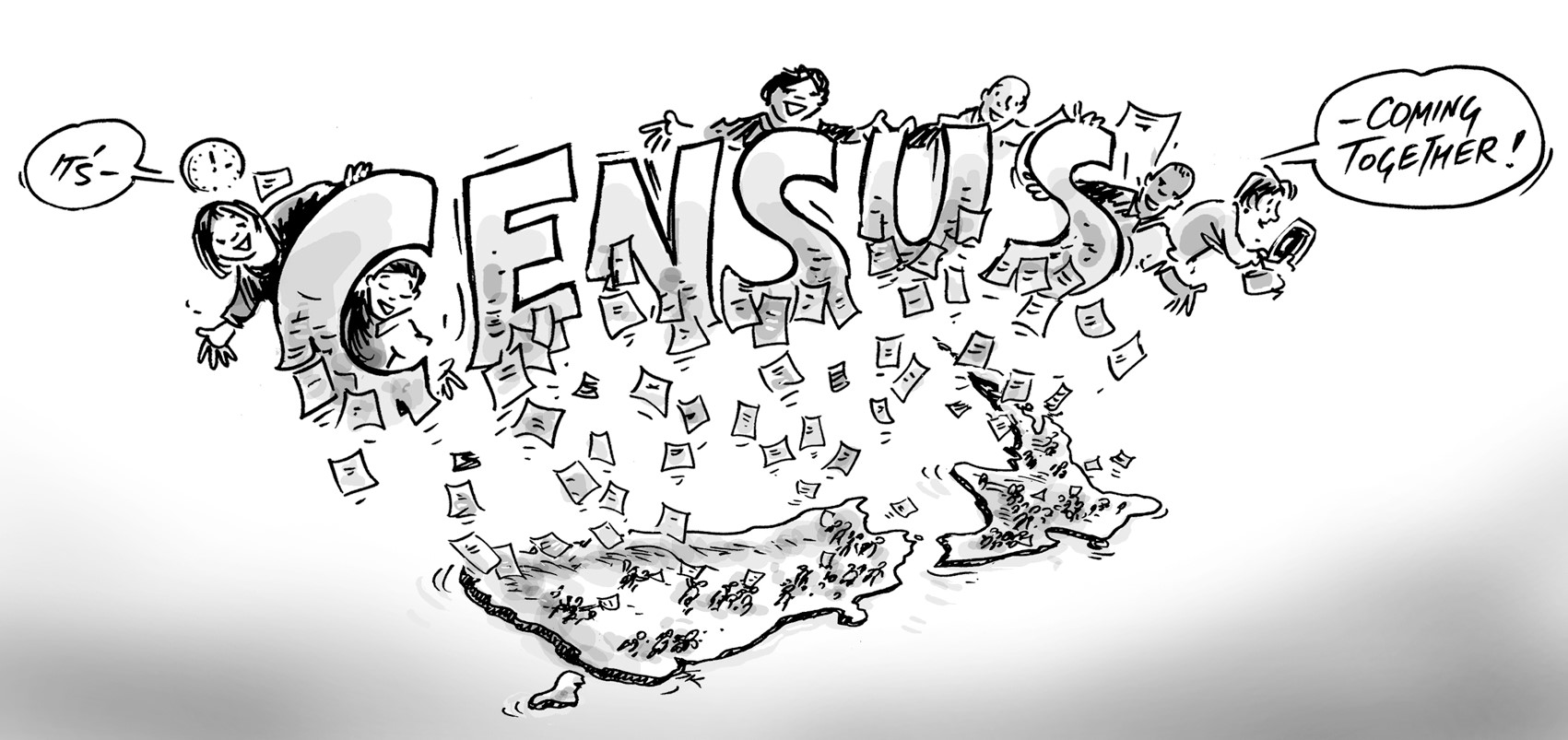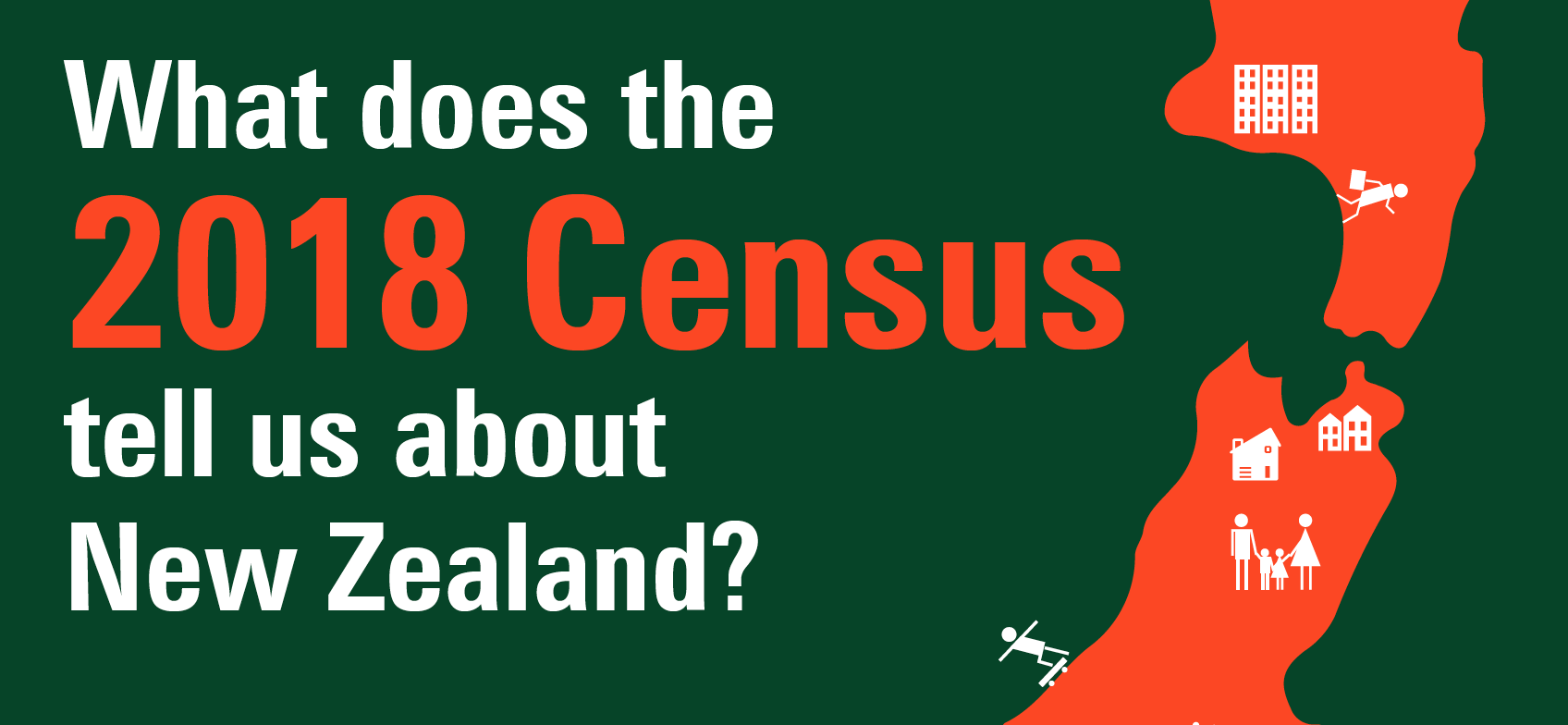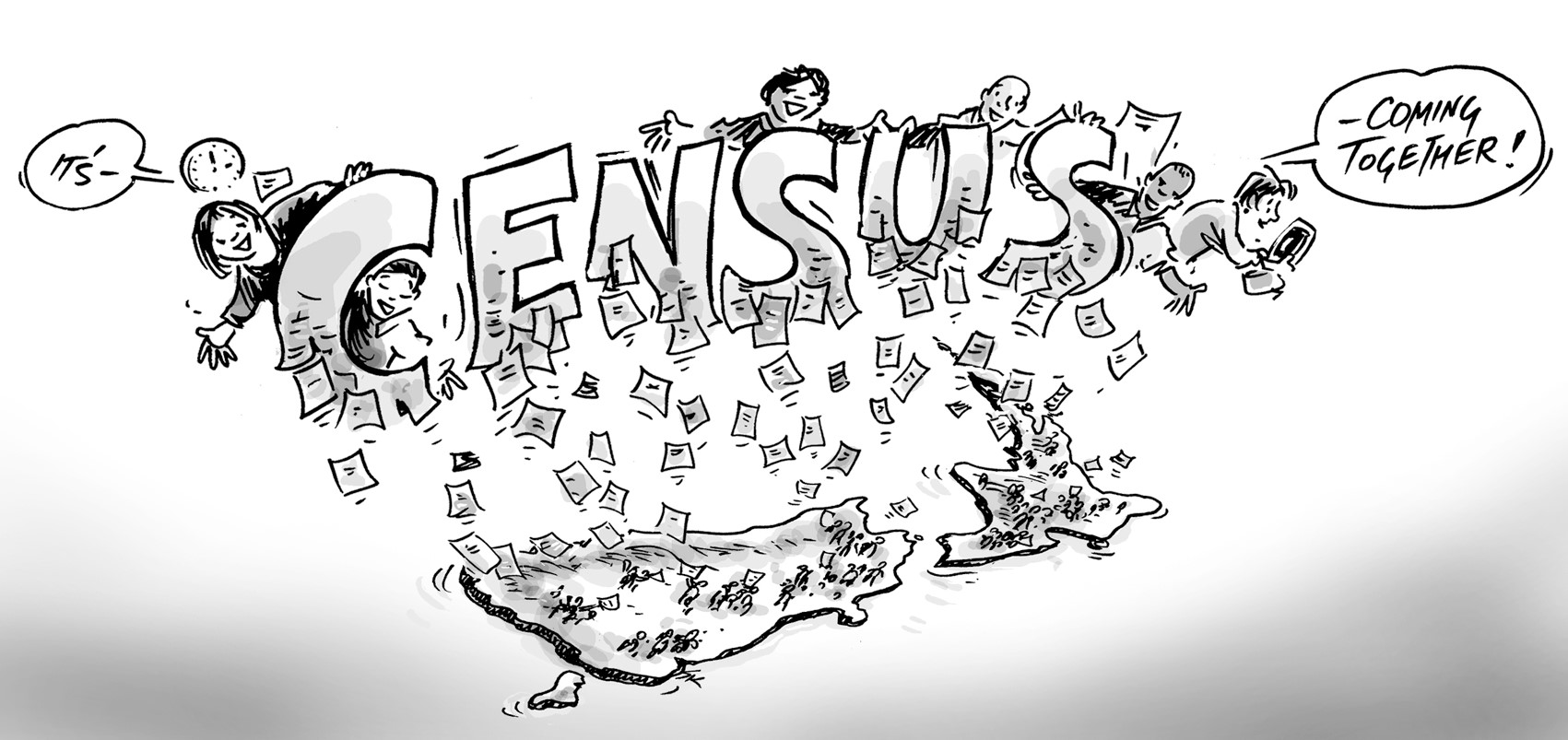Kia ora, gidday mate!
You can expect to be greeted with a cheery “ Kia ora” when ringing the Wairoa District Council and that’s not because they want to be politically correct – but more likely because over half of Wairoa’s population is of Maori descent.

In my last blog, I discussed the aggregation trends of ethnic groups in New Zealand. Interestingly while those of Asian and Pacific Island ethnicity tend to cluster in the Auckland and larger metropolitan North Island cities, higher numbers of Maori are found in more rural settings. Wairoa District Council – a new member of the .id community – is a strong case in point. The 2006 census found 56.5% of Wairoa’s population is of Maori descent and this is markedly different in comparison to the national average of 16%.
Within the Wairoa District, Nuakaka-Whakaki reveals even higher concentrations with 62.9% in this small area having Maori descent. Compare this to nearby Napier City Council with 19.9% of the population reporting Maori Descent, and our larger cities Wellington at 9.2% and Auckland with 12.2%.
It seems a reasonable assumption that a high proportion of Maori in the Wairoa community contributes to a similarly high proportion speaking the Maori language – 17.3% of the Wairoa population speak Maori and English as compared to the national average of 3.7% (in Nukaka-Whakaki, 20.5% speak Maori and English). In comparison Napier has 4.4%, Wellington 2.1% and Auckland 2.4%. In fact there are more people speaking Hindi in Auckland than Maori.
Despite Maori being and official national language, Te Puna Kokiri, the New Zealand government agency for Maori, has identified it is still a language at risk. According to the 2006 census, nationwide 23.7% Māori could at least hold a conversation in te reo Māori, but overall Maori speakers only make up 4.2% of the New Zealand population.
The influence of high numbers of Maori descendants has clearly had an impact on the wider Wairoa community with much higher numbers speaking te reo Maori. For this reason, it would seem small places like Wairoa and other little East Coast areas have a big part to play in the future of the Maori language.
Access our demographic resource centre to understand the population of local areas in New Zealand!












